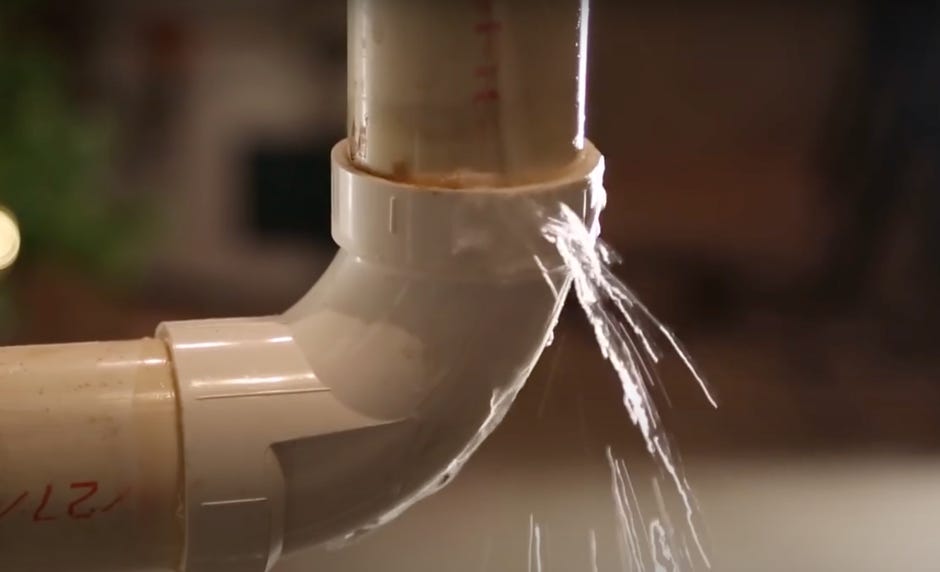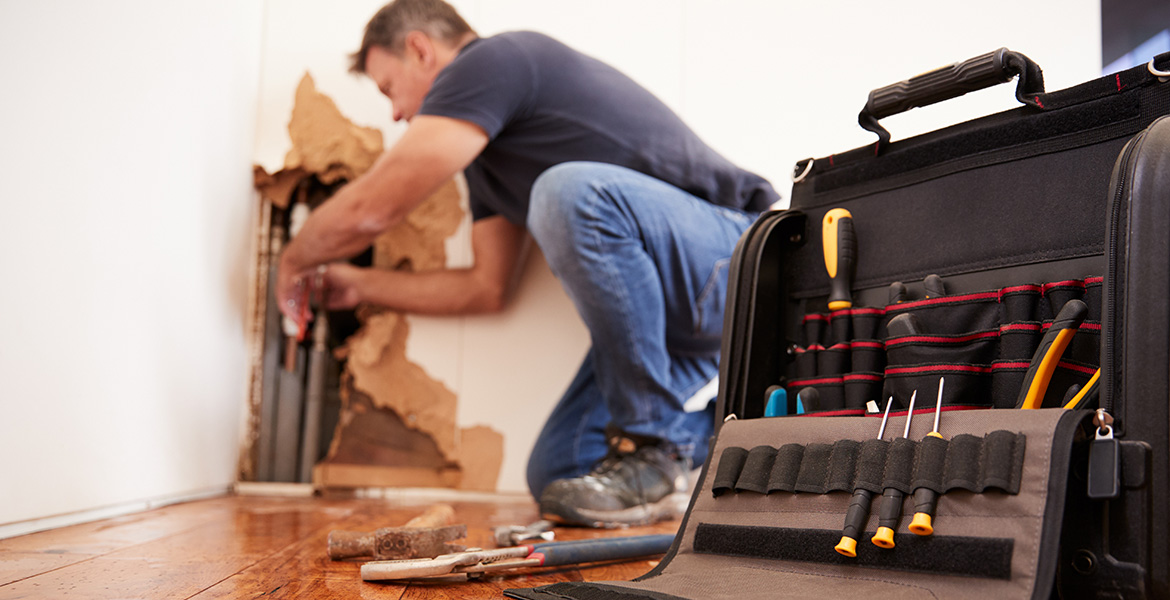From Detection to Correction: A Fast Approach to Handling Burst Pipes
From Detection to Correction: A Fast Approach to Handling Burst Pipes
Blog Article
The article listed below relating to What to Know Before Installing a Dishwasher is fairly entertaining. Check it out yourself and figure out what you think about it.

A ruptured pipeline is a major emergency; you can just stand as you watch water you pay very much to rejoin with the earth. In worse instances, you notice a swimming pool on your kitchen flooring, which is a wonderful trip danger, specifically if you have children around. If the pipe that burst remained in your walls, trouble: you may need to paint that whole area.
Just how can a calamity like a burst pipeline be prevented and also handled? Well, by paying attention to your specialist emergency plumbers and complying with these regulations.
Just how do I understand when my pipelines have ruptured?
Fluctuating water pressures
Pipelines do not simply burst in a day. You might have noticed that your kitchen tap or shower doesn't run promptly when you transform the faucet. It may pause for a few seconds and then blast you with more force than normal.
In various other circumstances, the water might appear normal initially, after that decrease in stress after a couple of secs.
Damp wall surfaces and water spots
Prior to a pipeline ruptureds, it will certainly leakage, the majority of times. If this relentless dripping goes undetected, the leakage might finish right into a large tear in your pipeline. One very easy way to avoid this emergency is to look out for wet walls ad water stains. These water stains will lead you right to the leak.
Puddles under pipes and sinks
When a pipeline ruptureds, the discharge creates a pool. It might show up that the pool is growing in size, and no matter how many times you mop the puddle, in a couple of mins, there's an additional one waiting to be cleansed. Commonly, you might not be able to trace the puddle to any noticeable pipelines. This is an indication to call an expert plumber.
Untraceable dripping noises
Pipeline ruptureds can occur in the most undesirable locations, like within concrete, inside walls, or under sinks. When the house goes quiet, you might have the ability to hear an annoyingly persistent trickling sound. Even after you've examined your shower head and also kitchen area tap, the dripping may continue.
Beloved viewers, the leaking may be coming from a pipeline inside your wall surfaces. There isn't much you can do regarding that, except tell a specialist plumber.
Turn off the Water
When water ices up, it broadens in volume by concerning 9 percent. As well as it broadens with tremendous pressure: The pressure inside pipes might go from 40 pounds per square inch to 40,000 psi! No pipe can hold that much stress, so it breaks open. The break may occur where the ice kinds, but regularly, it happens where water pressure locates a vulnerable point in the pipe. That might be inches and even feet from the icy location. Find the water shutoff valve and also shut off the water to prevent even more damage. You could likewise need to turn off the electrical power too, depending upon where the leaks happens and just how huge it is.
Infected water
Lots of people assume a ruptured pipe is a one-way electrical outlet. Quite the contrary. As water spurts of the hole or gouge in your plumbing system, impurities discover their method.
Your water may be polluted from the source, so if you can, inspect if your water tank has any type of problems. Nevertheless, if your drinking water is supplied and also cleansed by the local government, you ought to call your plumber quickly if you see or smell anything amusing in your water.
What do I do when I spot a burst pipeline?
Your water meter will remain to run also while your water wastes. To reduce your losses, locate the main controls as well as transform the supply off. The water mains are an above-ground framework beside your home.
How to Fix & Detect a Leaking Pipe
How Do I Know if a Pipe is Leaking?
Leak detection tests can help you determine if your pipe has a leak. Even if you don’t see an apparent leak, you should still conduct leak detection tests regularly to save water and money—and prevent major damage to your home.
Water meter. It can be helpful to figure out what your usual water meter usage numbers are and then monitor them regularly. To monitor your meter, first, turn off all water faucets in your home. Check the meter and write down the numbers. In a few hours, check the meter again. If the numbers have changed, you have a leak. Water gauge. Use a water gauge to test your water pressure. Your showerhead should produce a certain amount of water pressure based on its model and design. If the pressure is lower than it is supposed to be for that specific showerhead, your home likely has a leak. Puddles. Look inside your bathroom, laundry, and kitchen sink cabinets. Puddles around the cabinets or around toilets, tubs, showers, and washing machines indicate the presence of a leaking pipe. You may also notice loose tiles, peeling or flaking paint, or mold caused by water accumulation. Napkin test. Even if you don’t see any puddles, you may still have a leak. You can test for water leaks in the bathroom, laundry, and kitchen by wiping below-sink connections with a napkin, paper towel, or piece of toilet paper. If it becomes damp, you probably have a leaking pipe under the sink. Discolored walls. Walls that are discolored—usually with brown or yellow stains—or bulging might mean that they have been impacted by water damage caused by a leaking pipe. Smell. A leaky pipe will create sitting water, and over time, that water may develop a musty smell. If your home smells musty, but you can’t locate the source, it may be due to a leak. Steps for Fixing a Leaking Pipe
A leaky drain can be remedied by tightening the pipe base, replacing the drain seal, caulking the rim, and tightening the pipe nut. Similarly, a leaking toilet pipe can be treated by tightening the packing nut. You may also need to replace the valve. A leaky faucet may just need tightening or replacement of the washers. If that doesn’t work, consider replacing your faucet. If your pipe has a hole in it, you may want to use a pipe leak sealer or pipe leak tape. This quick fix for water pipe leaks can also temporarily fix a copper pipe leak. https://www.ahs.com/home-matters/quick-tips/how-to-tell-if-pipes-are-leaking/

We hope you enjoyed reading our article about How to Install and Connect a New Dishwasher. Thanks for finding the time to read our article. Do you know about another individual who is fascinated by the topic? Why not promote it. I cherish reading our article about How to Install and Connect a New Dishwasher.
Source This Article
Report this page